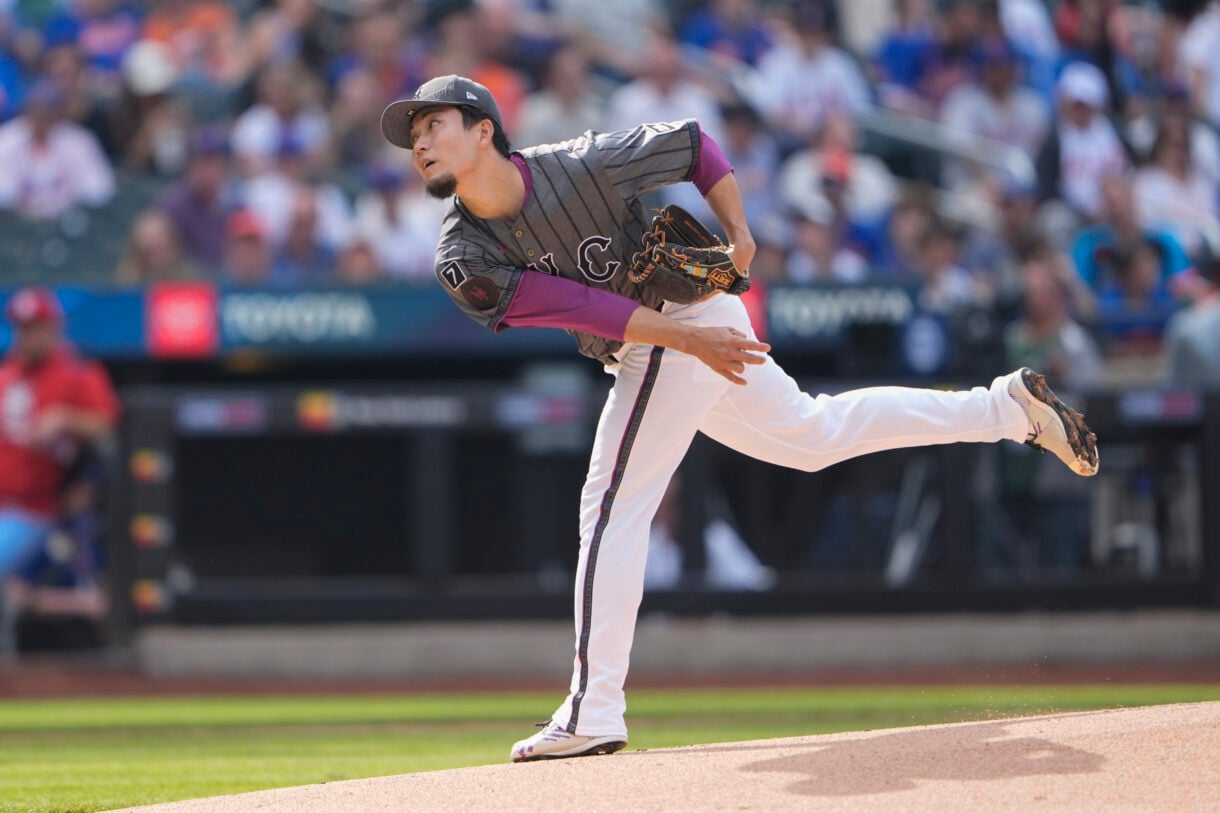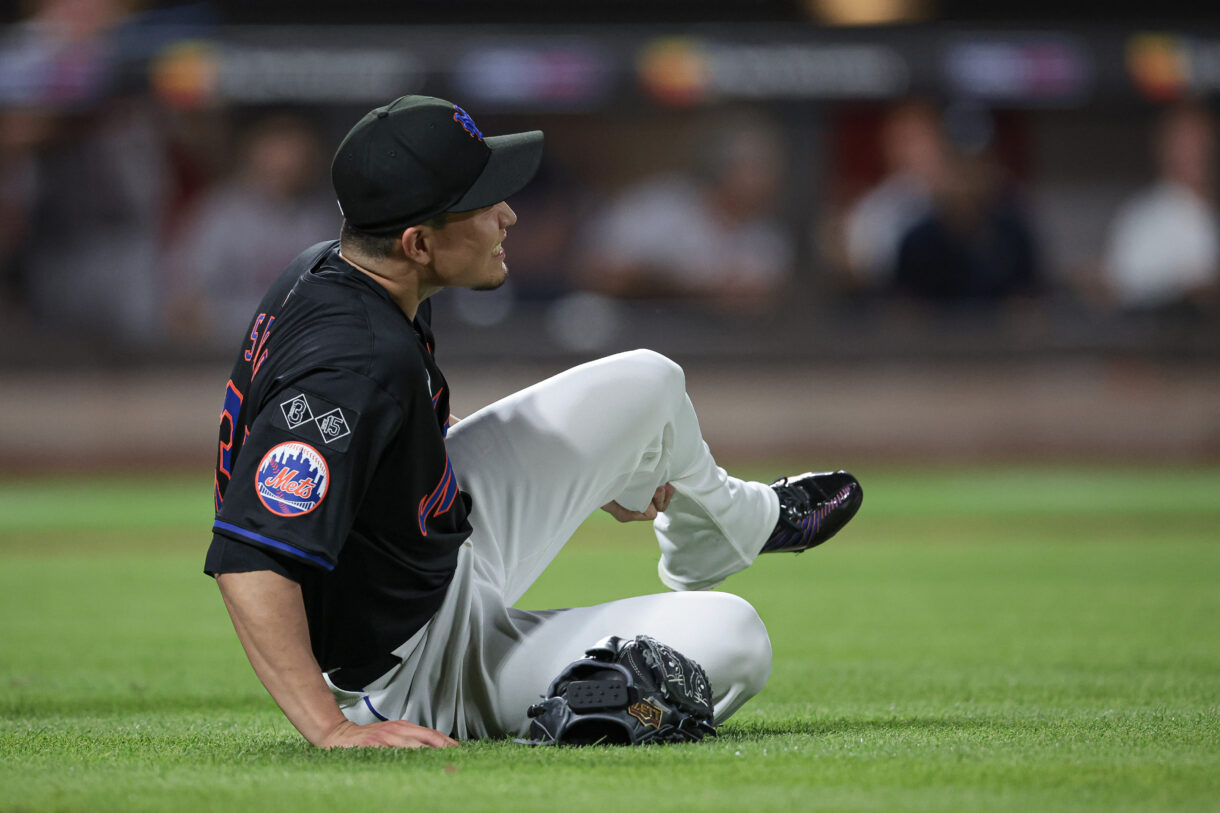
A thin line separates a tough decision from a necessary one, and the New York Mets are toeing it with Kodai Senga. You don’t often see a team wrestle with moving its most talented pitcher, but here they are, staring at the possibility with equal parts hesitation and calculation. It’s the kind of crossroads front offices hate, even when the logic is staring them in the face.
Senga’s Talent Isn’t the Question
Senga arrived in Queens ahead of the 2023 season and instantly looked the part. A 2.98 ERA, 202 strikeouts, hitters baffled by the ghost fork. That kind of success builds trust quickly, and the Mets leaned into the idea that he could anchor the rotation for years.
But baseball doesn’t grade on hope, and durability has since become the glaring counterweight to his ceiling. Senga managed only 5.1 innings in 2024 due to injuries, never quite stabilizing long enough to reclaim his early momentum. This year teased a return to form when he opened with a 1.39 ERA through mid-June, only for a hamstring strain to derail everything. The Mets watched him hit the injured list again, lose some edge upon returning, and ultimately slide to Triple-A in a move no one could have imagined back in 2023.

Turning 33 before his next start doesn’t help the argument that this is a temporary phase. The Mets are trying to win now, not someday, and every rotation spot requires reliability they no longer feel confident Senga can provide.
Why the Mets Are Tempted
Here’s where things get complicated. Despite all the injuries, Senga still carries real value. Jon Heyman notes he’s being offered in trade talks and that he has a strong market. In other words, teams around the league still see the electric stuff, the strikeout potential, the playoff weapon he can be if everything clicks.
That kind of demand forces a team like the Mets to listen, even if they don’t fully love the idea. Pitching is currency. Contenders crave it. And Senga, even with the red flags, is the type of arm other clubs convince themselves they can maximize.
The Mets also have a clear organizational lean this winter. They want younger, steadier pitching, arms that can actually take the ball every fifth day without a medical update attached to the transaction. Trading Senga isn’t about dissatisfaction with the player. It’s about a front office trying to reshape its foundation.
What a Return Might Look Like
There’s no reporting yet on what the Mets are asking for, but the possibilities run wide. Relief pitching help is always in play. A young outfielder fits both need and logic. A young starter could enter the conversation if the Mets are open to building a larger package. Uncomfortable moves sometimes require creativity, and this front office hasn’t shied away from that.

Still, moving Senga would hurt. It would strip the rotation of its most gifted arm and require the Mets to nail whatever follows. That’s the calculus: does trading him strengthen the roster more than keeping him risks it?
The Bigger Picture
Senga is a reminder of how quickly a sure thing becomes a question mark. He’s immensely talented, genuinely respected, and still capable of dominating when everything cooperates. But the Mets can’t escape their need for dependability, and Senga just hasn’t provided that recently.
If a strong market truly exists, this is the type of pivot that shapes a season. It might even define the Mets’ offseason. And if they ultimately pull the trigger, it won’t be because they wanted to move on. It’ll be because they felt they had no choice.
The Mets believe they can get younger and sturdier on the mound. Now they need to decide whether Kodai Senga is part of that plan or the piece that allows them to execute it.
